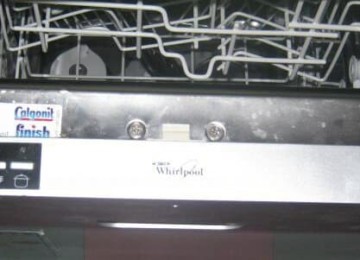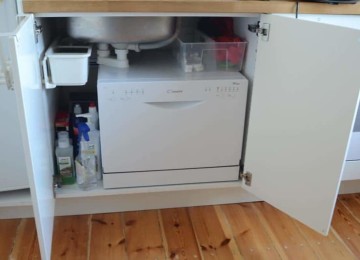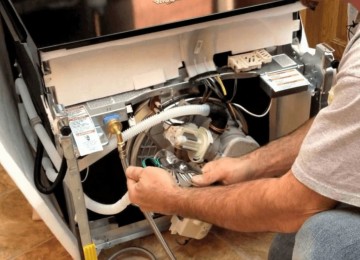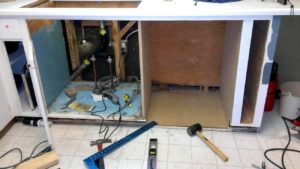 It is simply impossible to imagine any modern kitchen without a dishwasher. This technique helps you save time, effort and always use perfectly clean dishes. You no longer need to heat the water, wear special gloves, spend a lot of time washing cups, plates, pans, cutlery, and then wipe them dry with a towel.
It is simply impossible to imagine any modern kitchen without a dishwasher. This technique helps you save time, effort and always use perfectly clean dishes. You no longer need to heat the water, wear special gloves, spend a lot of time washing cups, plates, pans, cutlery, and then wipe them dry with a towel.
You just need to load all the dishes into the machine, add detergent, check the water supply connection and start the program, but this, of course, requires installing a built-in dishwasher immediately after purchasing it. First, before installing the equipment, it is recommended to decide on a suitable location, take into account all the nuances, evaluate how everything will look in the interior and, in fact, connect to the network. Without all this, it will not be possible to cope with the work competently and professionally.
How to choose a location for installation?
Before you begin installing the dishwashing machine, you should choose the ideal location for the location. Experts say that the easiest way is to choose a universal option - when the machine is built into a kitchen unit, a floor cabinet is usually suitable for this. In general, it is necessary to allocate an area with a reserve of space so that everything does not stand end to end. If you want to spend a minimum of space, then you should choose a compact model to be placed in the headset at chest level.
How to choose sizes?
Statistics show that most dishwashing machines are 60 cm wide. Such parameters are sufficient to cope with the amount of dishes used by the average family on a daily basis. Of course, manufacturers offer other options. There are narrow models, the width of which is a maximum of 45 cm, and despite such dimensions, dishwashers cope well with their tasks.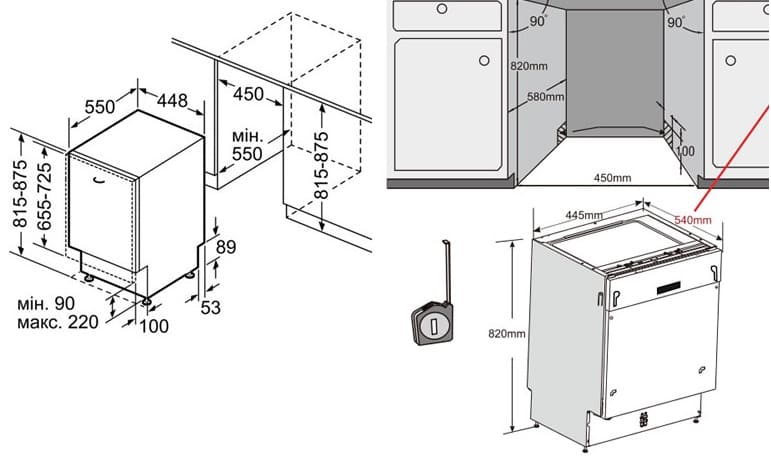
Practice shows that it is much easier to fit a narrow dishwasher into a set, so it’s worth thinking about and considering not only universal models, the width of which is 60 cm and the depth is 55 cm.The ideal size should be selected to match the kitchen unit, or at least the parameters of the area where the dishwasher will be placed.
Possible options for installing a dishwasher
If you think that a dishwasher can only be built into a base cabinet, then this is a mistake. Designers now offer a variety of options for integrating this technique. Each of the proposed types of installation has its own characteristics, requirements and conditions of use, so it is recommended to carefully study this list:
- Built into a cabinet. The most popular and practical installation option, which gives access to the sink, all communications, takes up minimal space and allows you to hide all the consequences of installation.
- Installation in a separate module. If there is no free unit in the kitchen set in the kitchen, then you can order another one, but it is advisable to install it close to the communication nodes.
- Niche installation. If the kitchen has a special niche for an oven, microwave, washing machine or something else, then it can be used to install a dishwasher, the main thing is to choose the appropriate size.
- Free-standing installation. If none of the above installation options are suitable, then you can install the machine as an independent element on a floor structure or simply under a tabletop. This is the simplest and least expensive option.
Preparing the necessary tools and materials for embedding
Most dishwasher manufacturers include instructions for installation and use with their equipment.Often, such a manual states what materials and tools are needed for installation, but not everyone reads it, so it’s worth listing everything you need just in case.
For installation you need the following tools:
- screwdrivers;

- screwdriver;
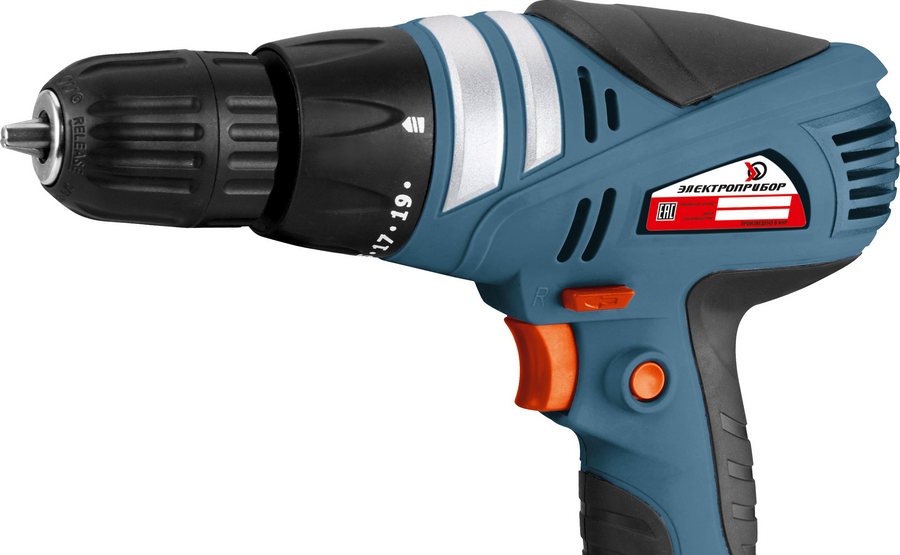
- electric drill;

- hammer;
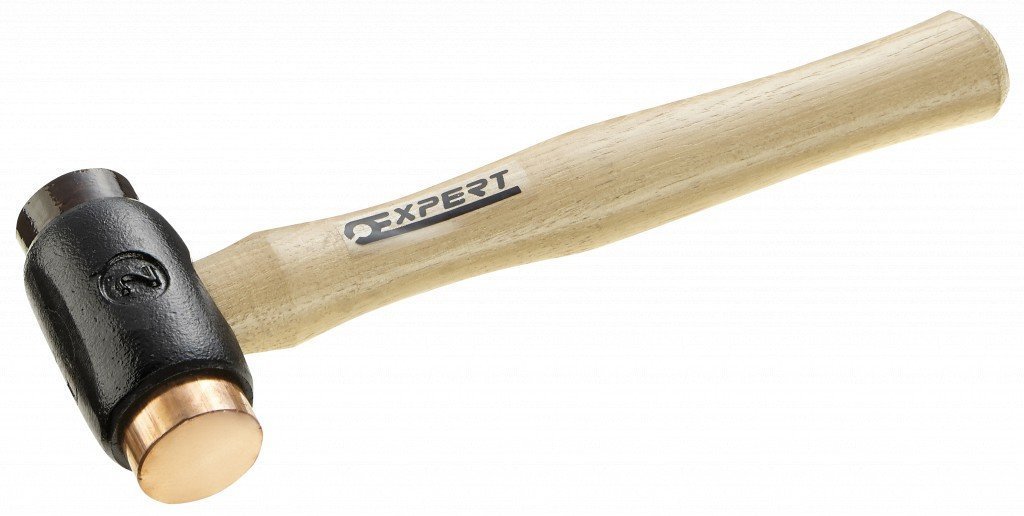
- chisel;
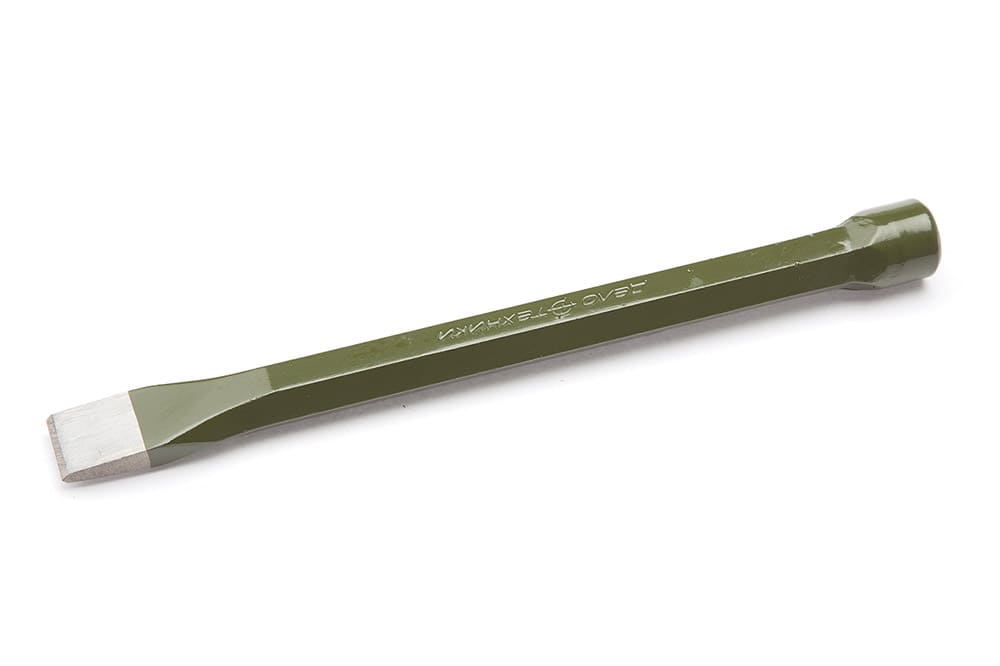
- level;
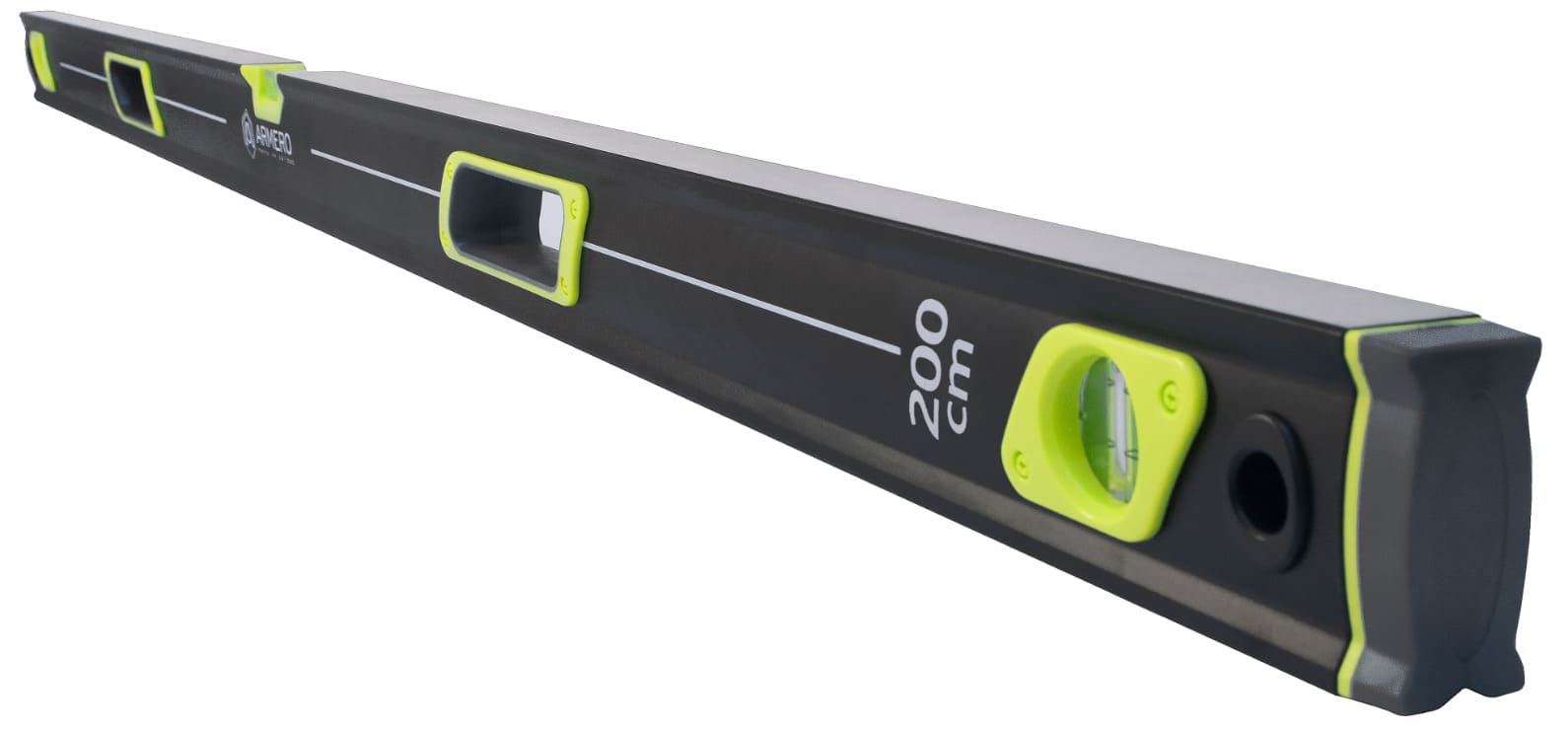
- pliers.
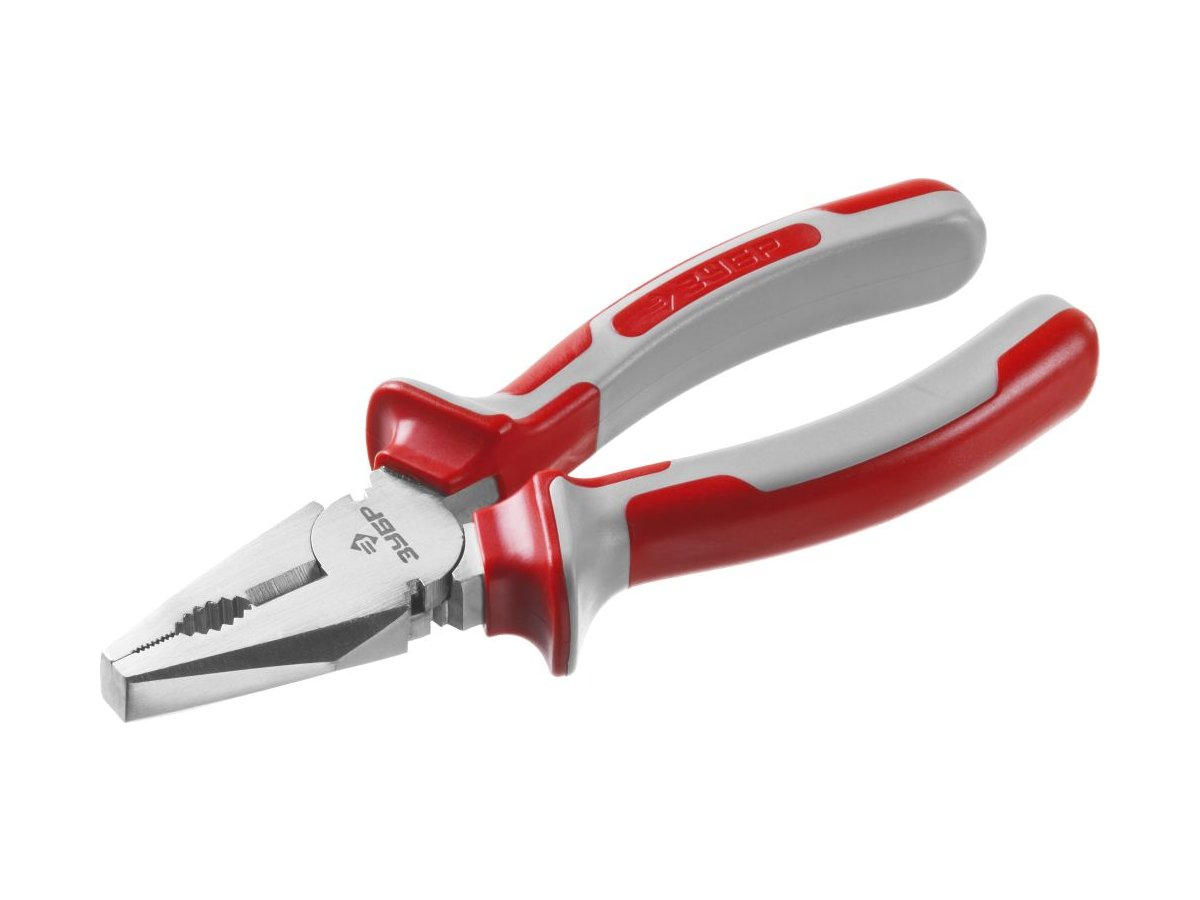
If the master does not have a drill at hand, then, in principle, he can replace it with a hammer drill. Screwdrivers are needed with both Phillips and flat heads. As for the level, in principle, a regular one will come in handy, but if there is a laser level, then it is better to give preference to it. You will also need such small tools and elements that everyone has, such as a construction square, a tape measure, and a regular pencil.
As for the materials, they always come with the equipment, the main thing is to check all the components for quality certificates, since it is highly not recommended to use used or counterfeit materials, this can eventually cause the machine to break down.
Checking the equipment of the dishwasher
In addition to choosing the ideal installation location, you should also take the time to unpack your dishwasher and thoroughly check the entire package. The presence of all parts specified in the manual for installation is mandatory; if suddenly the box does not contain the necessary parts, then it is worth informing the manufacturer and demanding a refund, since the purchase of some other components may lead to breakdown after some time. So it would also be a good idea to check the package certificates; all parts must be original and from the manufacturer.
The following elements must be available:
- clamps;
- rubber apron;
- hoses;
- gaskets;
- fasteners.
It is also worth going through the list in the instructions, since each manufacturer offers its own assembly and installation technology, so there may well be more elements required for installation. You need to check not only the availability, but also the quality. It is important that all components do not fall apart, look new, have good threads and fit each other, the hoses should not be damaged in any way, this is the only way to be sure that the equipment will not fail immediately after installation.
How to properly build a dishwasher into a cabinet?
Before starting work, it is recommended to read the step-by-step instructions. In this case, you will be able to cope with the installation without the help of a specialist.
First, you should understand the parameters. Ideally, the cabinet cabinet, which is located under the sink, should be wider than 45 cm, since in this case it will be possible to avoid complex installation schemes, you will just need to install a narrow dishwasher in the module. It is also worth paying attention to the fact that most brands use a siphon when connecting, so it is recommended to study this topic separately if such an element is available. 
Installation of a dishwasher in a cabinet begins with the direct preparation of the cabinet. First, you need to remove all the shelves from the cabinet, if any, and dismantle the back wall. The bottom panel can also be removed, but only if necessary, for example, the height of the module is not enough for installation. After that, you need to try it on. To do this, simply slide the unit into the cabinet, the installer checks all the dimensions, checks the compliance and sees whether it is possible to connect the equipment to the utilities in such a plane.Next, you need to place the machine in the freed housing and secure it, as well as fasteners, vapor protection and mounting panels.
The equipment is located exclusively vertically. For fixation, you will need a pre-prepared building level and legs for adjustment. Next, the hoses are connected, and the housing is pushed into the cabinet into its place. If this is included in the installation plan, then the last step is the installation of decorative panels. The side fastening of the dishwasher is carried out only as a last resort. To do this, you need to insert self-tapping screws into the holes located opposite the bushings on the inside of the machine; tighten the screws with a regular screwdriver. It is forbidden to use nails for installation, as there is a high risk of deformation of the equipment.
In principle, installing a dishwasher in a cabinet is not so difficult, but it is important to pay attention to the dimensions, since any discrepancy can cause the installation to fail and the machine will not work.
Connecting the dishwasher to the electrical network, water supply and sewerage
After installation, you can start connecting the machine to the network and communications. This is another crucial moment, during which it is strictly prohibited to make a mistake.
To connect the dishwasher to the power supply you will need:
- three-core copper cable;
- socket;
- RCD.
It is important to understand that the average dishwasher does not consume much electricity, which means that modern options belong to either class A or class A+, so there is no need to think about various network stabilizers.The socket to which the equipment will be connected must be protected by an RCD, since experts say that it is unsafe to connect the machine to a regular modular machine.
Ideally, a grounded outlet should be placed at a height of up to 80-90 cm from the floor covering, either to the right or left of the machine, but not behind it. You cannot use a simple outlet because when you turn off the machine from the network, there is a high probability of electric shock. In principle, connecting to the electrical network is simple, because you just need to equip an outlet that is suitable in terms of parameters and placement.
As for connecting dishwashers to the water supply and sewerage system, it is worth paying attention to the fact that there are several ways to connect to the water supply:
- connecting the device during construction work with laying additional pipes and creating holes in the walls;
- connection of equipment for a completed renovation and a fully assembled kitchen. In this case, alterations and destruction should be minimal.
To connect, you will need materials such as polypropylene pipes, a water socket, union nuts, connecting elements, a fitting, an elbow and a FUM sealing tape. Pipes are installed using the socket method using a device for soldering polypropylene pipes. It is worth individually selecting the length of pipes and fittings, as this depends on the distance of the machine from the cold water. First you need to connect all the pipes, after which a water socket is installed and fixed to the wall without fail, then an elbow is screwed onto it and a hose is put on. After which you need to test the structure by turning on the water, if everything works fine, then you can seal the groove.
The next step is to connect to the sewer.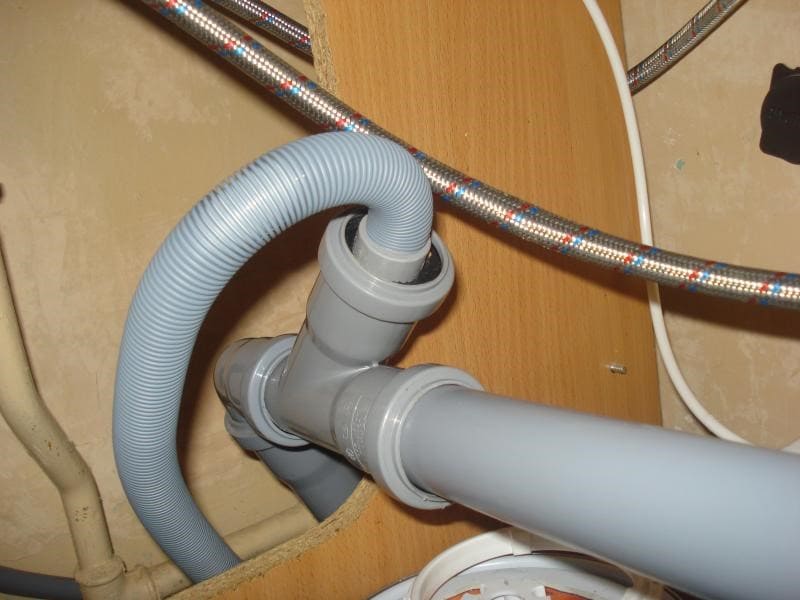 To do this, you simply need to connect the drain hose from the newly installed household appliance to the sewer outlet using an adapter collar, which must be selected according to a certain diameter specified in the installation manual. Next, a drain hose is attached to the top of the dishwashing machine at a level of 70 cm from the floor covering so that it does not dangle and does not get in the way.
To do this, you simply need to connect the drain hose from the newly installed household appliance to the sewer outlet using an adapter collar, which must be selected according to a certain diameter specified in the installation manual. Next, a drain hose is attached to the top of the dishwashing machine at a level of 70 cm from the floor covering so that it does not dangle and does not get in the way.
After all these steps, you need to plug the machine into a power outlet and check if it works. If everything is done correctly and there are no questions about the installation, then you can finally fix the equipment in the cabinet or any other place where the dishwasher is to be installed.
Expert advice on installing a dishwasher
There are several secrets to simple and perfect installation that anyone who wants to quickly and efficiently handle the installation of household appliances should know. Experts shared their tricks to make the job easier for beginners.
For example, in order to choose the right place for installation, it is worth measuring the area with a tape measure lengthwise and crosswise; you need to measure both the appliances and the kitchen set. What to do if suddenly the size of the proposed installation niche is larger than the dishwasher? You can simply adjust the height using special legs, and then the unit will fit perfectly into the area.
Experts have researched that some dishwashers are very sensitive to tilt angles, which is why even with minimal deviation from the course, problems can arise in working with the equipment.
So this nuance must be taken into account during installation; the fastening must be of the highest quality.If you want to protect a wooden countertop from steam, then craftsmen recommend pre-installing a metal plate directly under the countertop before installation. This will help to reliably protect the tree and avoid the production of excess moisture. As a rule, such a metal plate comes directly with the dishwasher, but if it is not there, then using metal, you can make such protection yourself.
Where is the best place to place the machine to save space?
Experts say that it is easiest and fastest to install the equipment under the countertop, but in this case the device must be compact, since kitchen units are often used in a standard size, the width of the machine should not exceed 45 cm, and the size of the countertop should be at least 5 cm larger so that the dimensions fit exactly and the installation is not done end-to-end.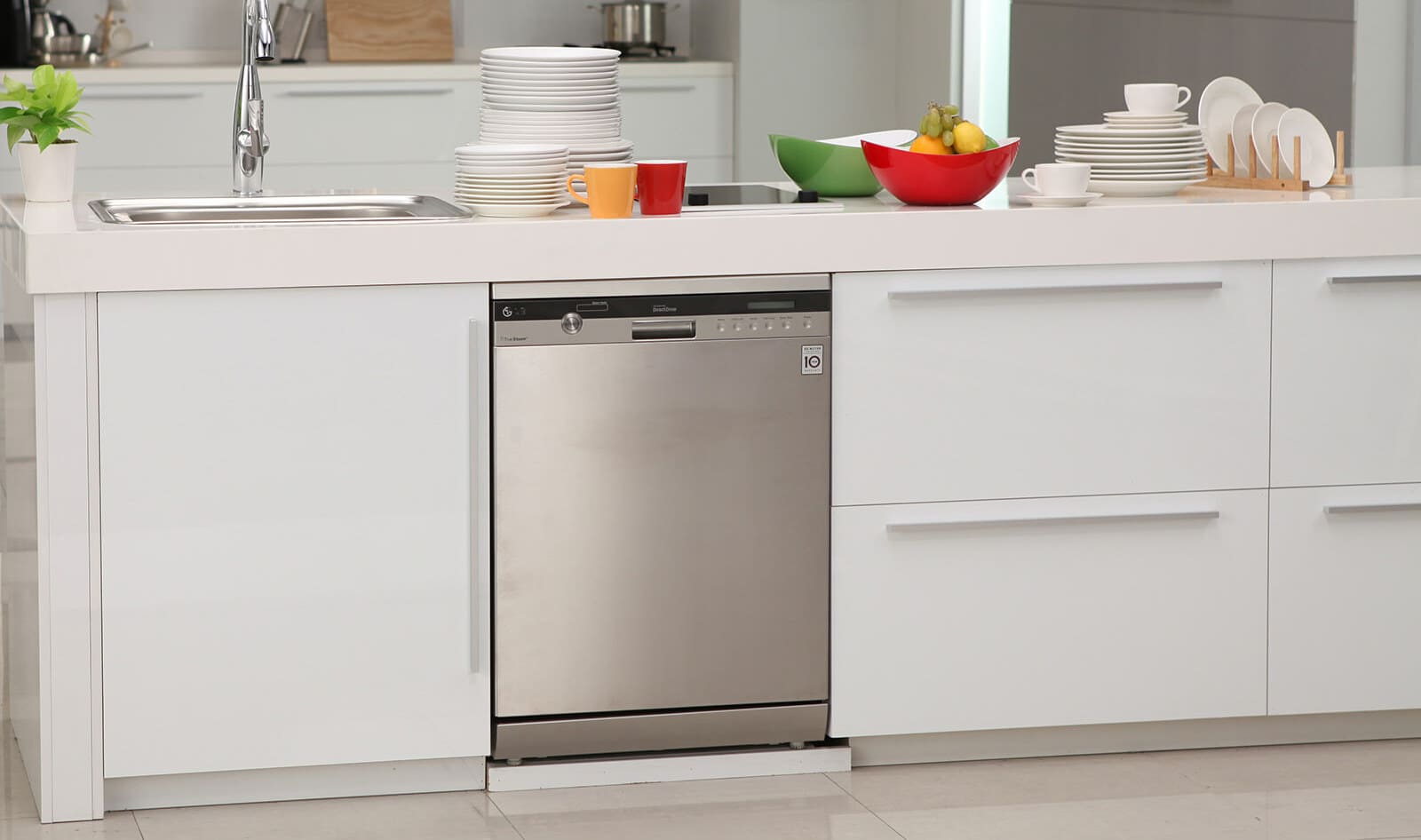
If the machine is some kind of non-standard, then it is recommended to order a cabinet according to individual sizes; this is the only way to create a beautiful, stylish and practical installation by adding another work surface to the kitchen.
Can I use door hanging?
Experts definitely answer “yes,” especially since most manufacturers now produce dishwashers with special parts for hanging. Installation is very simple, but before starting it is highly recommended to carry out preliminary calculations, check them and review the installation diagram so that the structure works flawlessly.
In conclusion, it is worth adding that the most important point in installing a dishwashing machine is checking its operation. It’s not enough to just turn on the equipment for 5-10 minutes to wash the cup.You need to take testing seriously, checking whether pipes and hoses are leaking, how the outlet works, whether water is supplied well to the system, how quickly the water heats up and cools, and how well the equipment generally works. Moreover, the first start of the machine must be carried out with the presence of detergent, but without dishes.
In order to soften the water, you can add a little salt; it is better to do this every time, as this will extend the life of the equipment. You should not turn on the equipment and leave it unattended for the first time, as this may cause you to miss any problems. The check will also help you evaluate the filters, which is important, because they are not cheap, and I would like to get a high-quality result.
If the check shows that the dishwasher works without interruptions, then the installation was a success and the technician completed his task. Now you can use the equipment on an ongoing basis and forget what it’s like to wash pots, pans and dozens of plates with your bare hands. This technique and all the investments in it will definitely pay off after just a few weeks of constant use.







